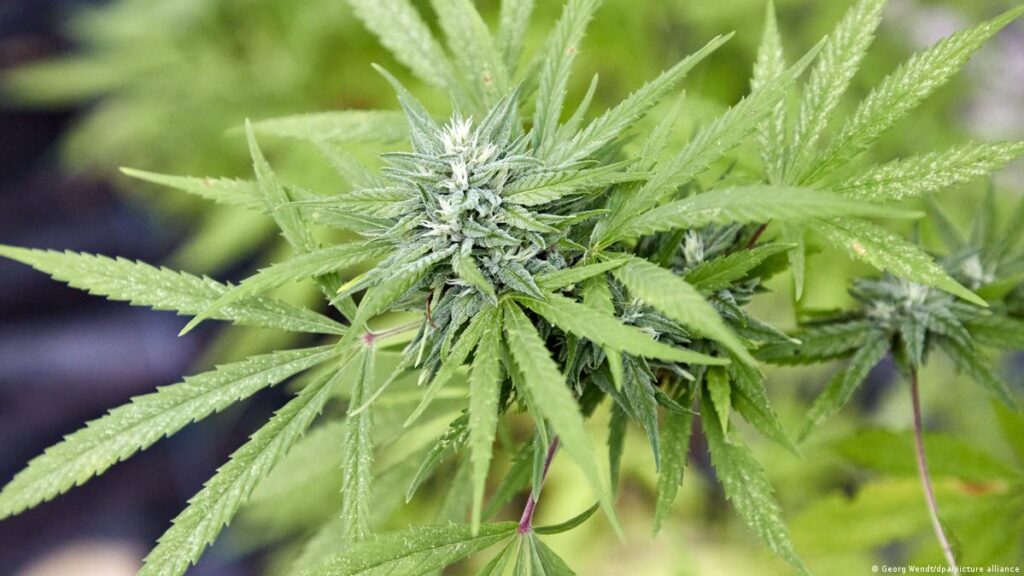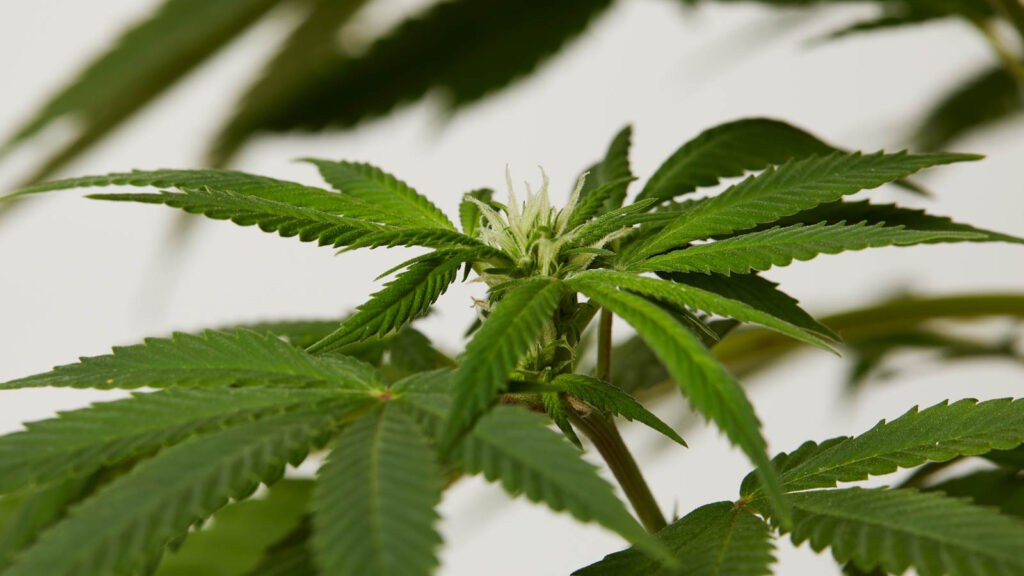Introduction
In the intricate world of cannabis cultivation, understanding the difference between male and female plants is fundamental. Whether you’re a seasoned grower or just starting your journey, being able to distinguish between the two sexes is crucial for successful cultivation and maximizing your harvest. In this comprehensive guide, we’ll delve into the intricacies of identify male vs female cannabis plants, empowering you to navigate the garden with confidence and precision.
The Anatomy of Cannabis Plants

Before delving into identification, let’s delve into the anatomy of cannabis plants. Cannabis plants showcase sexual dimorphism, where they can manifest as either male or female. Female plants are celebrated for yielding the coveted flowers, or buds, teeming with cannabinoids, offering therapeutic and recreational benefits. In contrast, male plants serve a pivotal role in reproduction by producing pollen necessary for fertilization. Understanding this fundamental distinction is paramount for growers, guiding decisions on cultivation strategies, breeding programs, and maximizing yield potential.
Furthermore, recognizing the intricate differences between male and female plants empowers growers to make informed choices throughout the cultivation process. From selecting ideal breeding pairs to maintaining a pollen-free environment for flower production, this knowledge forms the cornerstone of successful cannabis cultivation. By appreciating the nuances of cannabis anatomy and sexual differentiation, growers can navigate their gardens with confidence and precision, unlocking the full potential of their cultivation endeavors.
Identifying Female Cannabis Plants
Female cannabis plants are prized for their resinous flowers, making them the preferred choice for most growers. Here’s how to identify them:
- Look for pre-flowers: Female plants develop small, translucent hairs called pistils at the nodes where branches meet the stem. These pistils serve as the reproductive organs and eventually develop into flowers.
- Check for calyxes: Female flowers emerge from clusters of swollen, tear-shaped structures called calyxes. These calyxes contain ovules, which, when fertilized, develop into seeds.
Also Read: Storage and Preservation of Cannabis Seeds: A Comprehensive Guide
Identifying Male Cannabis Plants
Male cannabis plants are often considered less desirable than females, as they do not produce flowers for consumption. However, they play a crucial role in pollination for breeding purposes. Here’s how to identify them:
- Look for pollen sacs: Male plants develop small, sac-like structures called pollen sacs at the nodes. These sacs contain pollen, which is released when they burst open.
- Watch for clustering: Male plants tend to grow taller and develop fewer branches than females. They may also exhibit clustering of pollen sacs at the top of the plant.
Importance of Sexing Cannabis Plants
Sexing cannabis plants is essential for several reasons:
- Preventing pollination: Female plants left unattended with males risk pollination, leading to seed production and reduced flower quality.
- Maximizing yield: By removing male plants early, growers can allocate resources and space more efficiently, maximizing the yield of high-quality flower-producing females.
- Breeding purposes: Controlled pollination allows breeders to create new strains with desired genetic traits, such as potency, flavor, and yield.
Conclusion
In conclusion, identifying male vs female cannabis plants is a foundational skill for cultivators at all levels. By understanding the subtle differences in anatomy and reproductive organs, growers can make informed decisions that optimize their cultivation efforts. Whether you’re cultivating for personal use or breeding new strains, mastering the art of sexing cannabis plants empowers you to cultivate with confidence and precision, unlocking the full potential of your garden.

